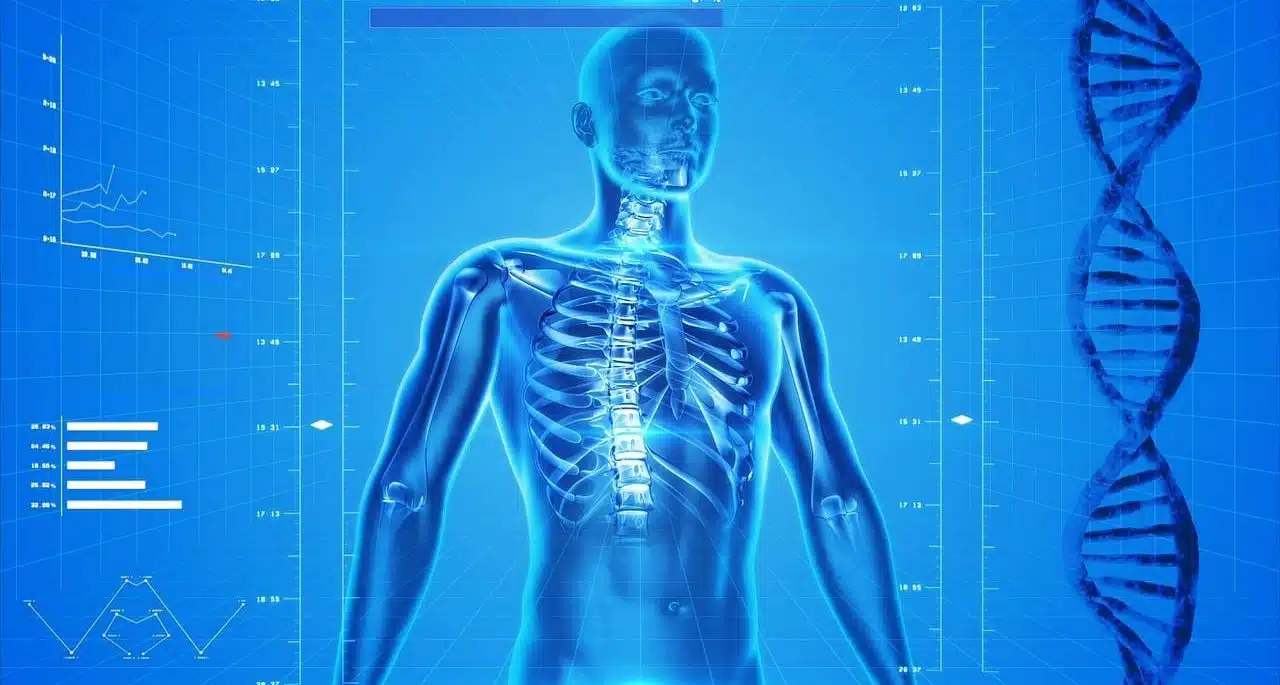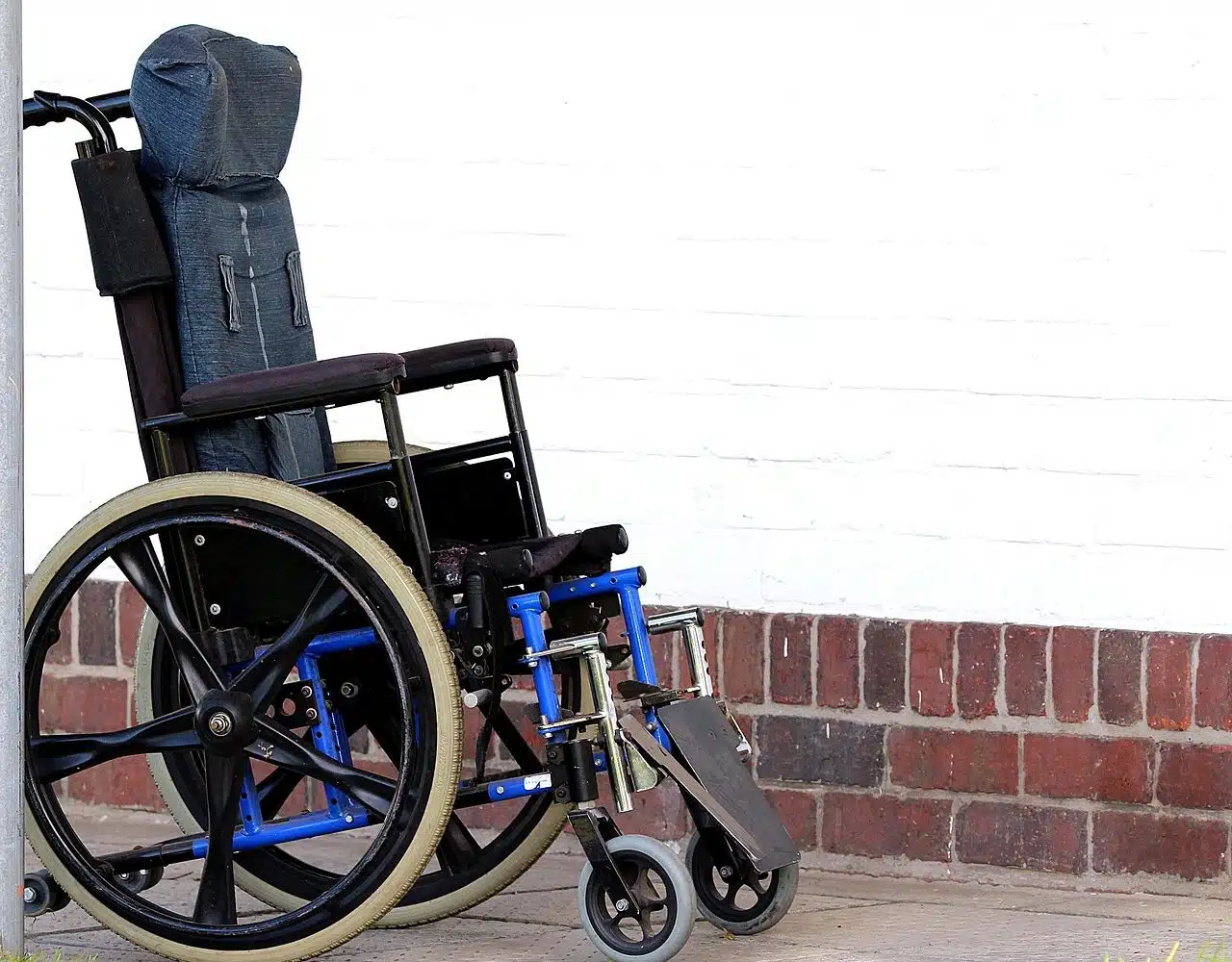
The continuation of the brain is called the spinal cord.
The spinal cord is the continuation of the brain . It is a tube that connects the brain with the rest of the body, starting in the occipital region and reaching the lumbar area.
Nerve impulses reach the spinal nerves through the spinal cord, which performs two major functions: on the one hand, the impulses are transmitted from the extremities, neck and trunk to the brain , on the other hand, the brain's response It is sent to the organs that must carry out a certain action. This means that the spinal cord is vital for the control of movement and even for the implementation of reflex actions .
Characteristics of the spinal cord
The spinal cord, whose nervous tissue develops within the so-called spinal canal , measures about 45 centimeters and weighs about 30 grams. In its upper part it is attached to the medulla oblongata , while its lower part is fixed at the base of the coccyx .
If the interior of the spinal cord is observed transversely, a gray matter (made up of neurons and glial cells) can be detected that is surrounded by white matter .
Damage to the spinal cord can have very serious consequences, from loss of sensitivity and movement in the limbs, neck and trunk to lack of sphincter control, and other disorders.
The protective mechanisms available to the spinal cord are the cerebrospinal fluid, the epidural space, the vertebrae and the meninges, which help minimize the risk of injury to this sensitive area.

A spinal cord injury can cause paralysis.
The traumas
We speak of trauma when the spinal cord suffers damage , either due to a direct injury or as a result of a disease in the blood vessels, tissues or bones that surround it. Types of spinal injury that can cause trauma include falls, gunshot wounds, attacks by third parties, and car accidents.
People most likely to suffer from spinal cord trauma are those who engage in high-risk physical activities (such as extreme sports ), drive at high speeds, or dive in shallow areas, for example. In old age, given that bones tend to weaken and disorders such as a stroke may occur, the chances of suffering a fall are greater and, therefore, also the chances of suffering a spinal cord injury.
It is important to keep in mind that if the spine is weakened, even a minor injury can cause damage to the spinal cord, something that occurs with osteoporosis and rheumatoid arthritis. Another cause of trauma is spinal stenosis , the narrowing of the spinal canal responsible for protecting the spinal cord (this usually occurs as we age).
Symptoms of a spinal cord injury
Any spinal cord injury can cause any of the following symptoms:
- Spasticity (an increase in muscle tone).
- Inability to control the sphincters normally, which can lead to incontinence, constipation and bladder spasms.
- Numbness or pain .
- Sensory alterations.
- Lack of strength to perform simple, everyday movements.
- Paralysis.
Treatments
Trauma to the spinal cord requires immediate assistance, since the time that passes between the damage and treatment can have a negative impact on the patient's condition.
Corticosteroids are usually used to treat inflammation, while tumors that press on the spinal cord can be removed or reduced to avoid total destruction of the nerves and improve paralysis. When it is necessary to realign the vertebrae or remove bone fragments, for example, surgery is necessary.
